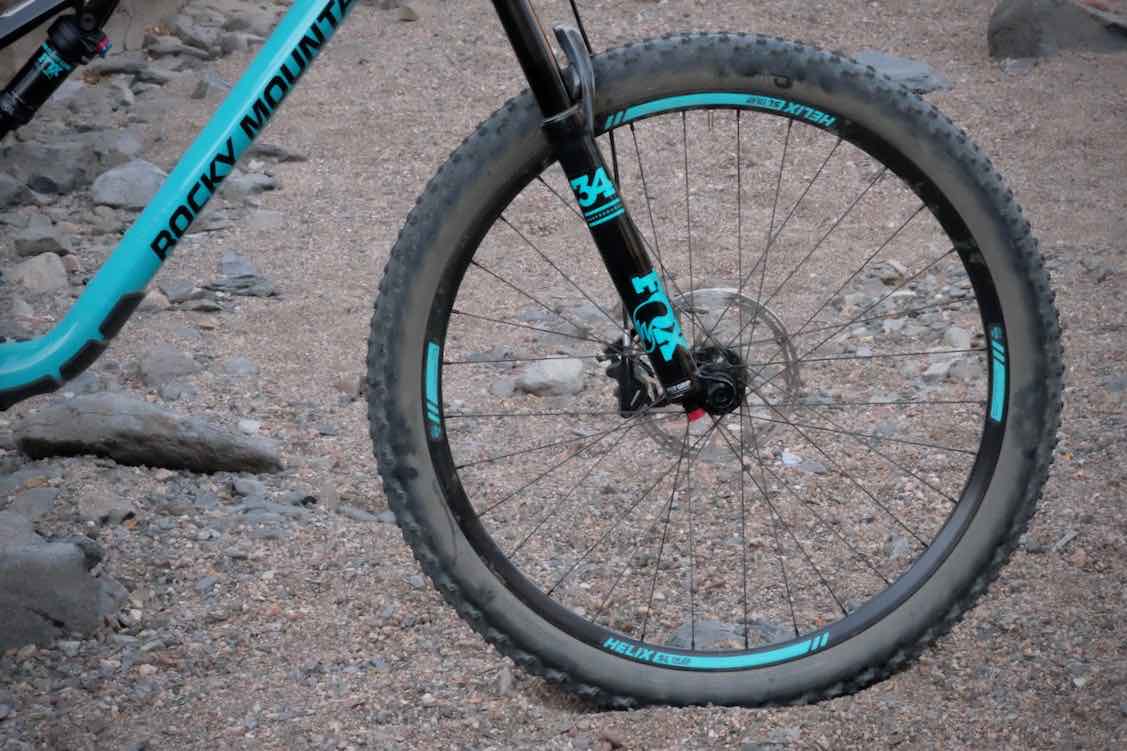During my interview with Tom Ritchey a few months back, we talked at great length about the principles he uses to create new tires. Central to his process is the use of Vector Force Analysis (VFA), the study of directional forces imposed on a particular object. Although the general concept is not proprietary to Ritchey, he was the first to apply it to mountain bike tires. Actually, he was the first to apply VFA to tires of any kind and did so years ahead of anyone else.
After chatting with Ritchey about tires, I was eager to see how his design concepts transfer to the trail. I chose to evaluate the Trail Bite and Trail Drive tires in the 27.5-inch formats. I mounted them to a 2018 Rocky Mountain Thunderbolt Carbon 50. Like the tires, it has a pinch of XC in the formula.
Trail Bite 27.5×2.25 WCS Tubeless Ready
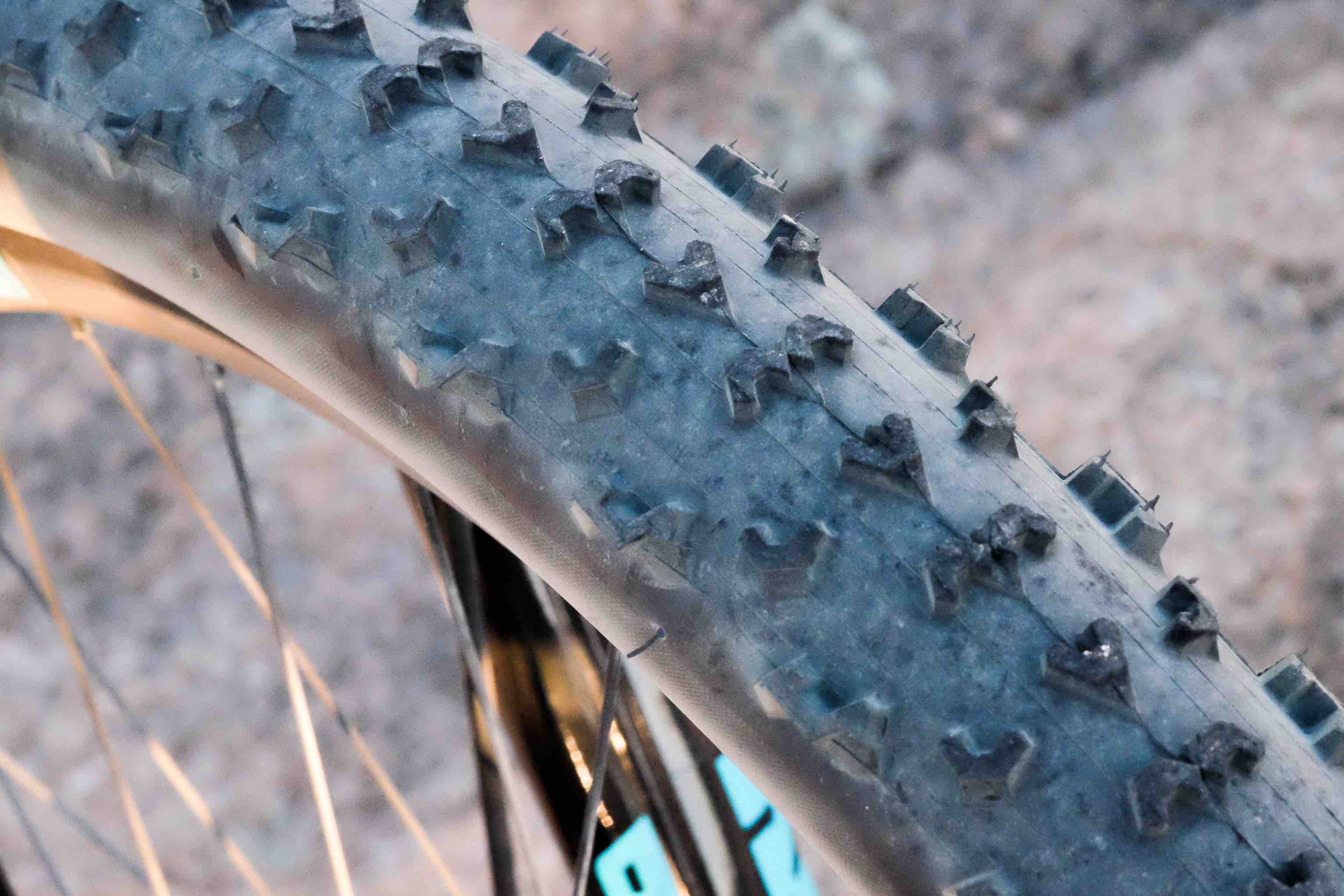 Ritchey was the first to create tires engineered with a specific rotational direction. He was also the first to analyze wear patterns to help determine how forces gnash at a tire and compromise performance. The Trail Bite demonstrates the evolution of Ritchey’s design ethos. A front-specific tire, the Bite has the iconic angles and triangulations his patterns are known for.
Ritchey was the first to create tires engineered with a specific rotational direction. He was also the first to analyze wear patterns to help determine how forces gnash at a tire and compromise performance. The Trail Bite demonstrates the evolution of Ritchey’s design ethos. A front-specific tire, the Bite has the iconic angles and triangulations his patterns are known for.
Ritchey explained how important it is for knobs to oppose forces with as much leading edge as possible. In the Trail Bite, the zig-zag knobs illustrate this concept. As the tire is turned, the knobs are perpendicular to cornering forces.
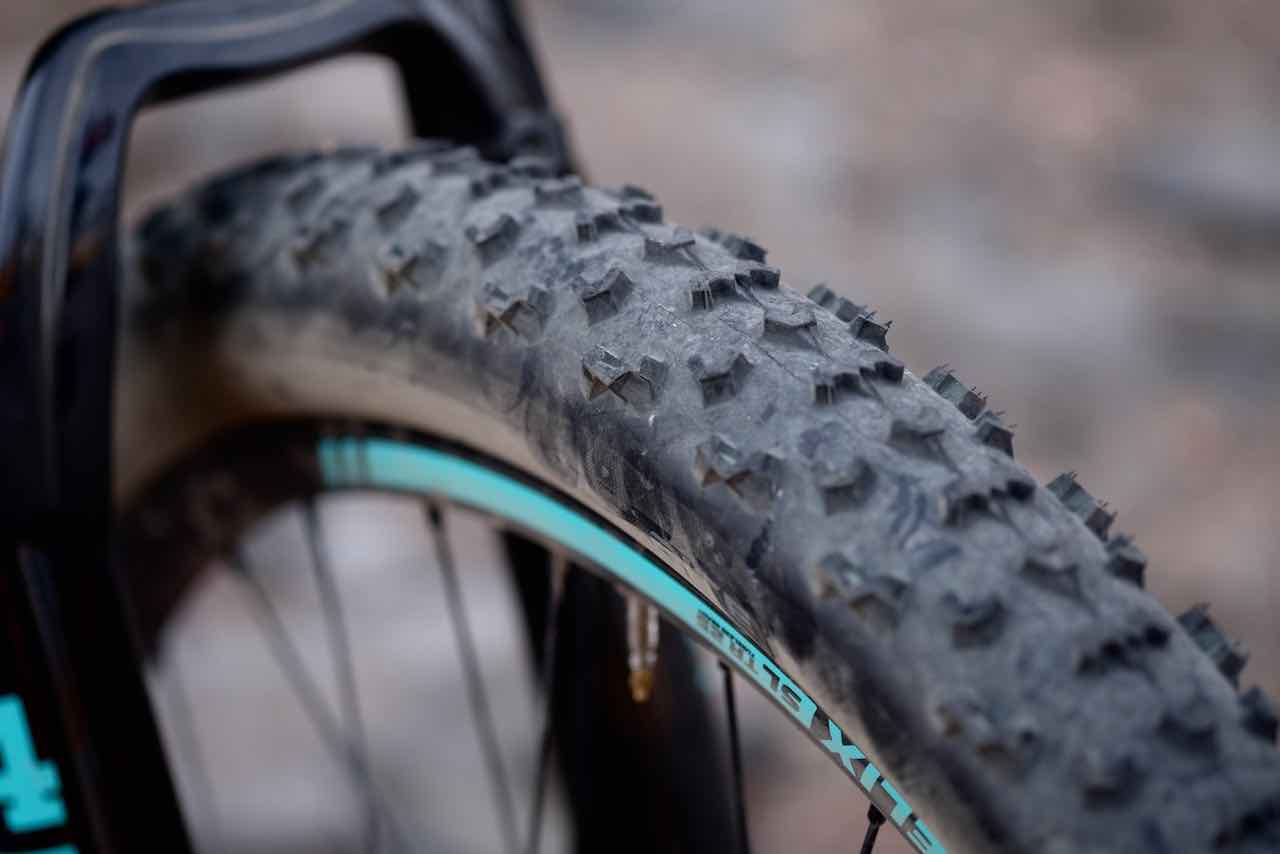
On the trail: Surface conditions have a lot to do with the efficacy of a tread pattern. I took the Bite to a variety of trails with mixed terrain. In hardpack conditions, a slight turn of the front wheel made the angular knobs hook up as well as I expected. Even in soft conditions, the tread felt more aggressive than it really is. On loose-over-hard, there was some modest uneasiness the further I leaned, but overall the cornering performance was surprisingly good for such diminutive tread features. So, why are they so small?
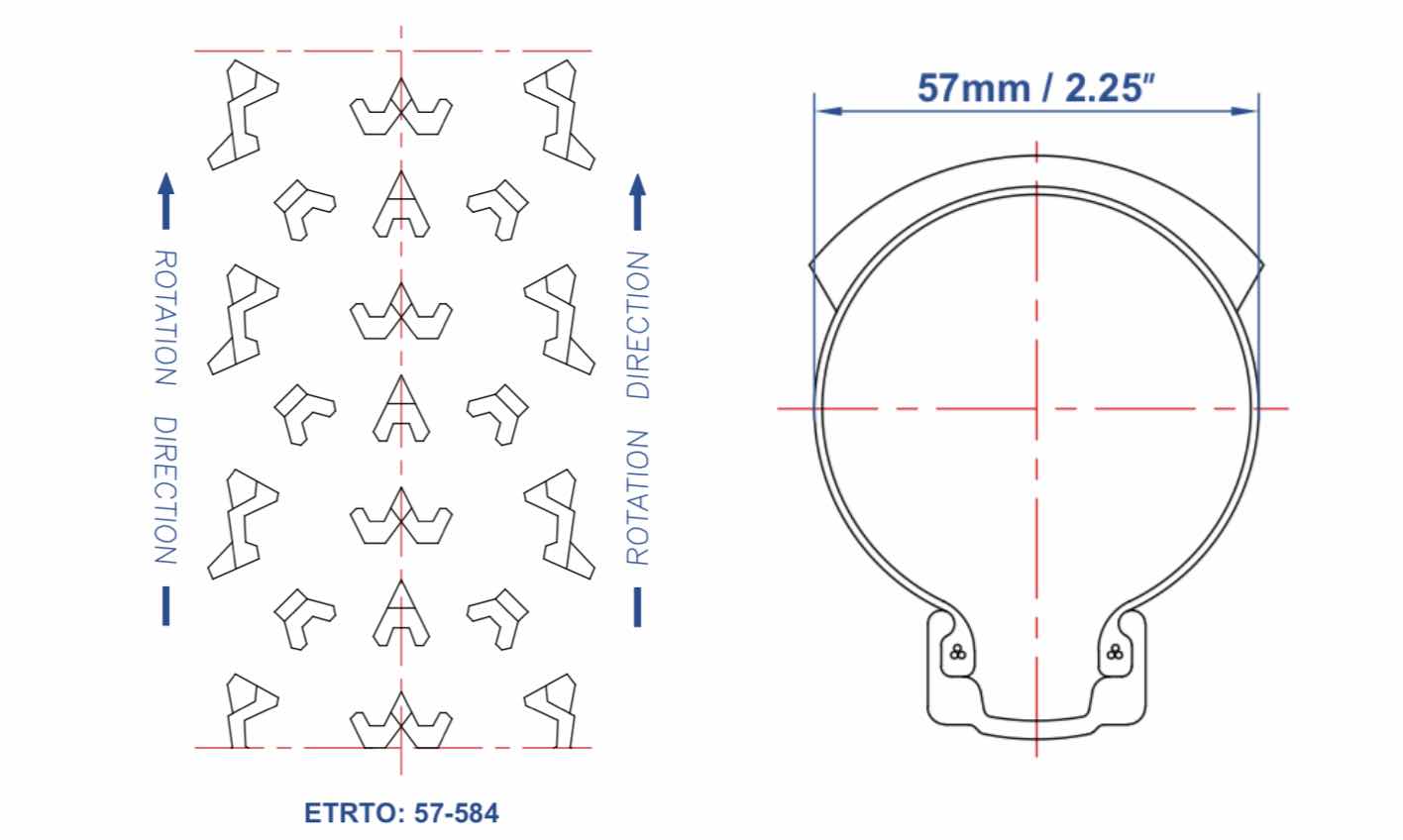
Many things contribute to the size and bulk of a knob. The larger and taller the tread features, the more traction they offer. But that makes a tire heavy and roll with greater resistance. Ritchey’s knobs are designed to remove as much material as possible without compromising the size of the leading edge. The use of triangulated features helps lend the support needed to cut weight without the knob flopping over.
On the trail: The tread features on the Bite roll like an XC tire. The ramped lugs in the center feel smooth and braking traction is quite impressive. The transition to the cornering edge is predictable and accommodates a wide range of lean angles. There’s no hard edge to hunt for.
Overall: It’s a swift tire. All of the Ritchey design principles are easy to detect on the trail. It feels light and supple thanks to the 120tpi casing, but it’s the tread pattern that lends it the legendary Ritchey ride. If you like your tires to have aggressive lugs and hard edges, this isn’t your tire. It also feels much lighter than its 797-gram weight.
If I had but one minor nit-pick it would be the width. The 2.25 measurement is accurate, but I would like a tiny bit more shoulder going into some turns. A little added girth would push the Bite further into the trail bike zone. The easy fix is to buy the 2.4 tire next time around. Problem solved.
Trail Drive 27×2.25 WCS Tubeless Ready
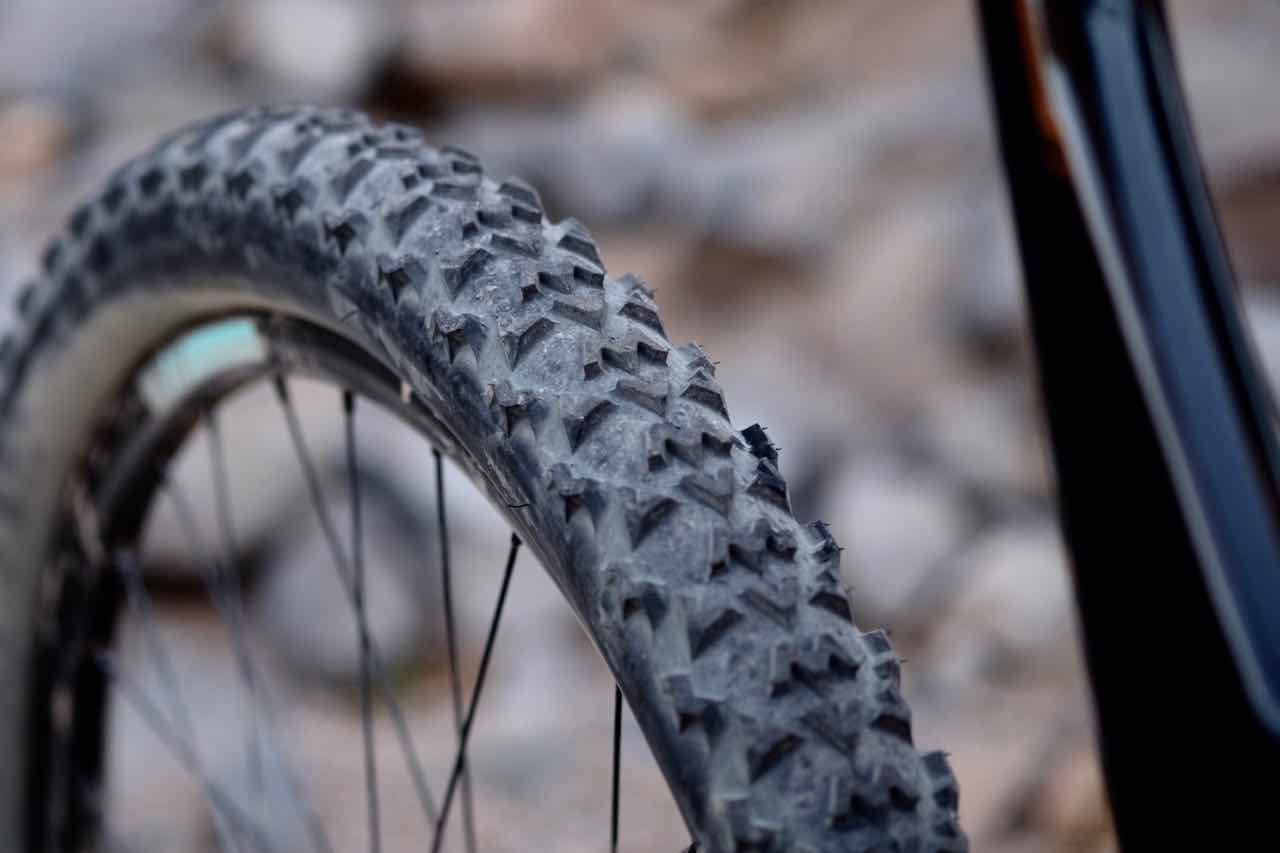 The one thing a rear tire needs to do best is offer solid forward propulsion or—drive. Once again the tradeoff for a pattern designed to claw at the ground is increased rolling resistance. The spacing between the knobs on the Drive was carefully analyzed. Large voids reduce weight but compromise traction. A balance must be struck to achieve the desired results.
The one thing a rear tire needs to do best is offer solid forward propulsion or—drive. Once again the tradeoff for a pattern designed to claw at the ground is increased rolling resistance. The spacing between the knobs on the Drive was carefully analyzed. Large voids reduce weight but compromise traction. A balance must be struck to achieve the desired results.
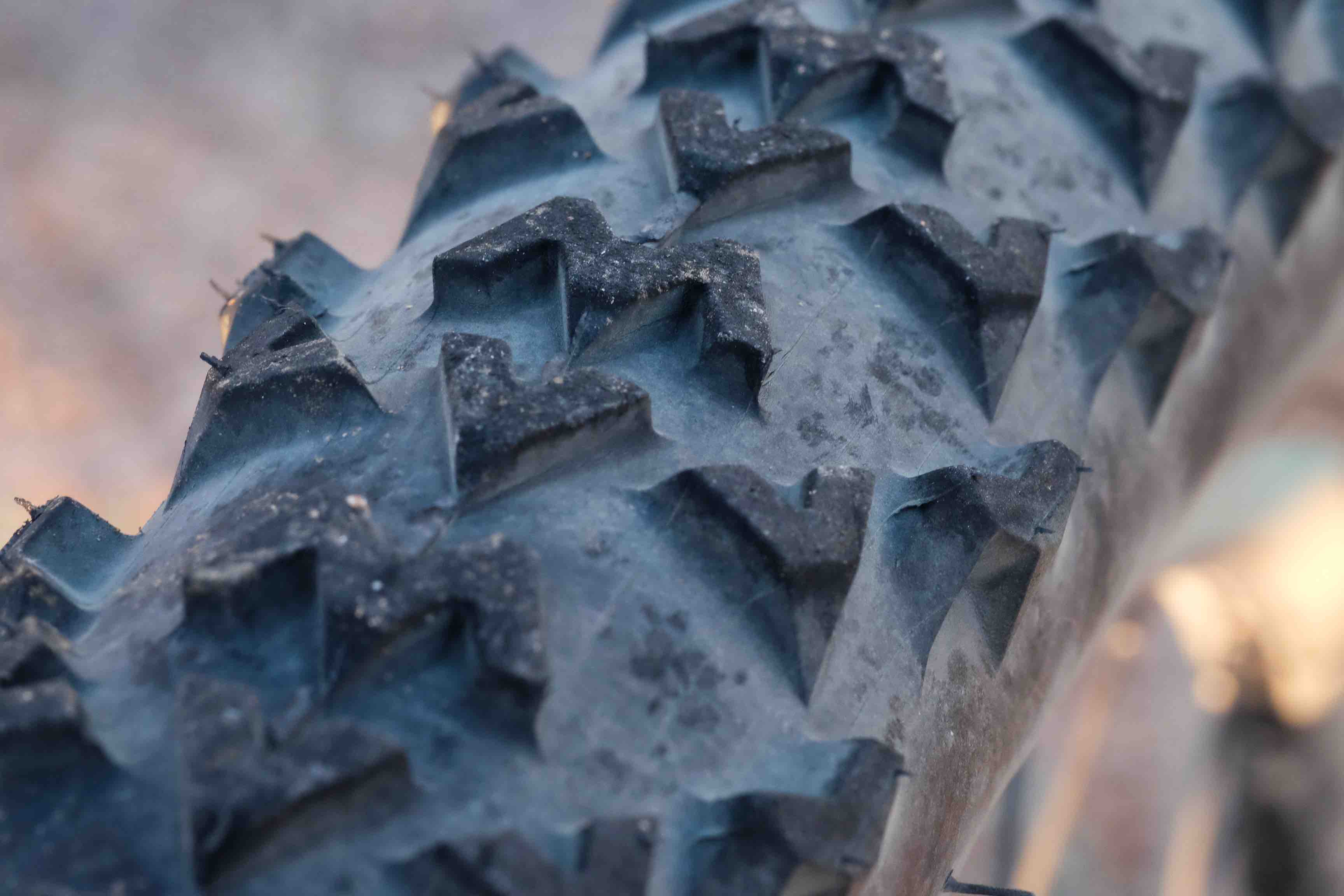
The Drive employs a unique tread pattern along the centerline. An arrow-shaped knob proceeds a long “W” shaped lug. As they roll, they create a sawtooth effect. The pronounced points of the “W” in the braking direction offer sharp edges to improve stopping power. But how does it work?
On the trail: Like the Bite, the rear-specific Drive feels light and fast. In many ways, it rides like a fast XC tire with tenacious grip. Nicely balanced with the front tire, the transition to the cornering edge is smooth with no flop or feeling the traction is compromised. Some tires have a split personality with different attributes when upright or leaned. The Drive feels the same all the way into a hard turn. It is if anything, predictable and inspires confidence. That allows to rider to squeeze all the performance out of it they can.

Overall: You can couch this as personal bias, but I liked the Drive a tiny bit more than the Bite. I think the 2.4 Bite would remedy any minor misgivings I have. Both are fast-rolling with more traction than expected. In that regard, they feel like every Ritchey tire I have ever ridden in the last 30 years—only better.
The Bite/Drive buyer
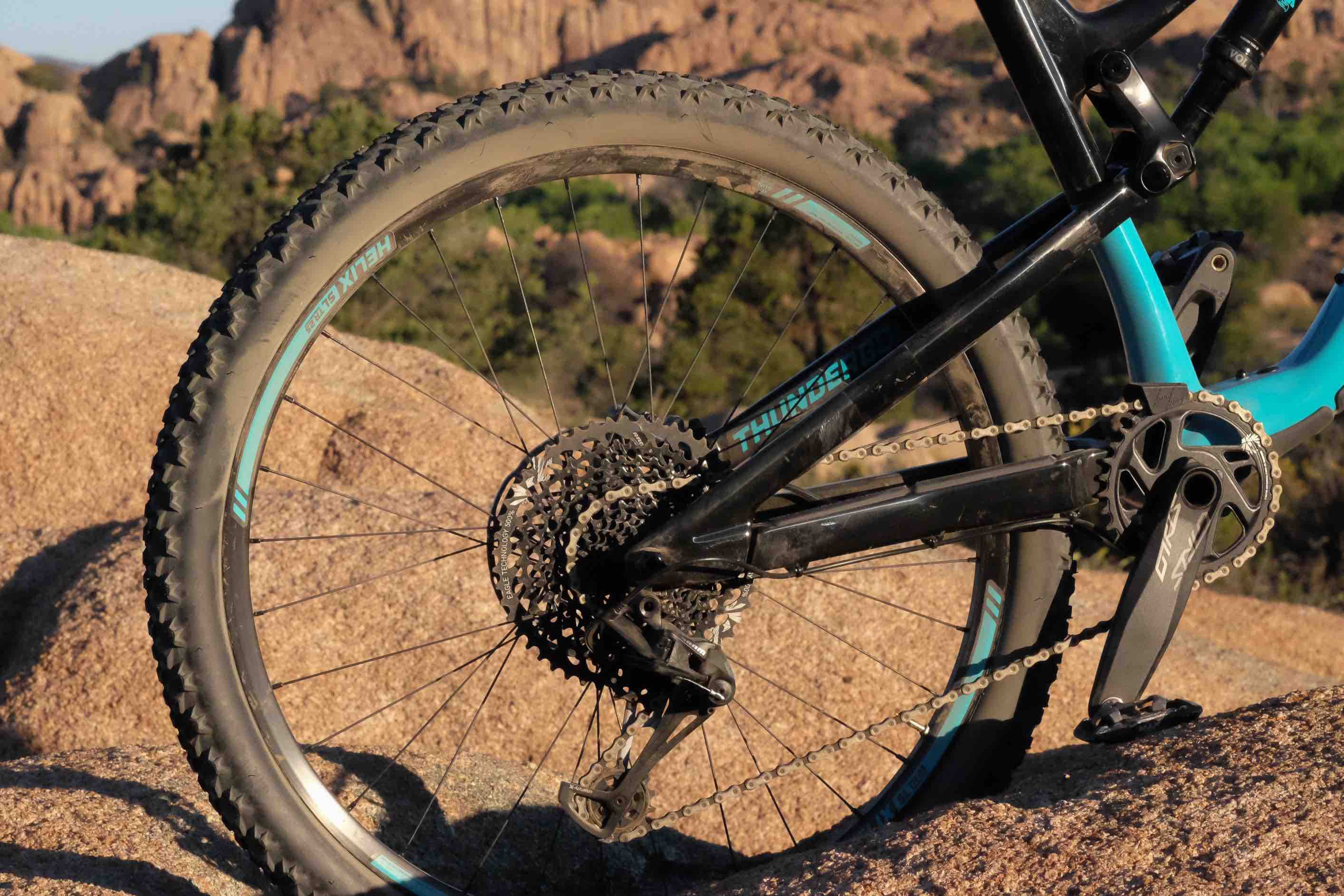 The more I ride them, the more I like the Bite/Drive combo. My terrain is mostly loose-over-hard with lots of firm hardpack. This Ritchey setup suits that turf beautifully.
The more I ride them, the more I like the Bite/Drive combo. My terrain is mostly loose-over-hard with lots of firm hardpack. This Ritchey setup suits that turf beautifully.
It’s not every day I get to talk to a legend of the sport about tire designs then put those concepts to the test, but it proved two things. Tom Ritchey certainly knows how to design a good tire. And he has the best job in the world.
